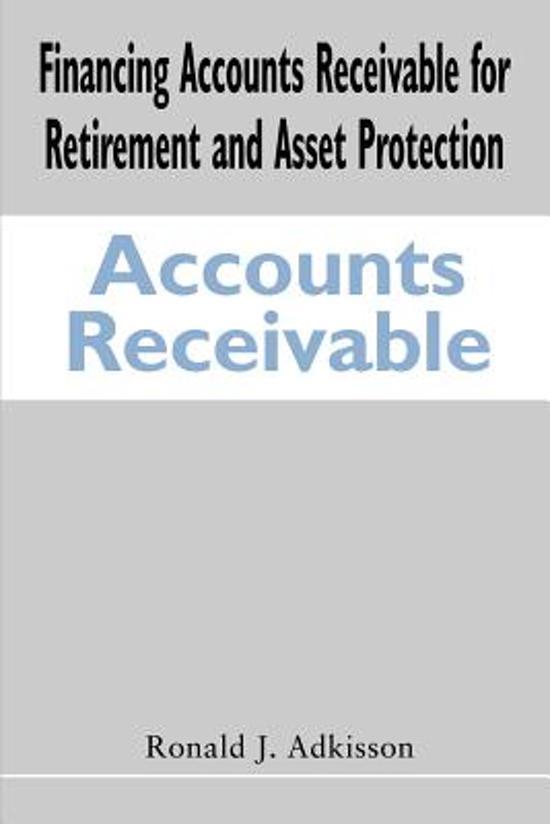Margin vs Markup: Whats the Difference? And How to Calculate it
Every company will base its prices on either markup or margin percentage. Both calculations are valuable in that they show how much money you can expect to generate from your sales. Calculating margin and markup also shows how much profit your business can expect to earn once costs have been met. However, certain businesses need greater flexibility when it comes to meeting payments.
Consider having the internal audit staff review prices for a sample of sale transactions, to see if the margin and markup concepts were confused. If so, determine the amount of profit lost (if any) as a result of this issue, and report it to management if the amount is significant. If the Zealot becomes more expensive to produce over time, the price will have to go up, and gaining a markup of $18 on a $36 item is significantly different from a markup of $18 on an item priced at $55. A fixed markup percentage would ensure that the earnings are always proportional to the price. This way, you can guarantee that you generate a proportional revenue for each item you sell. This means the markups you set up at the beginning should scale well as your business grows.
How do I calculate a 20% profit margin?
Be sure to differentiate between gross margins (the topic of this article), and net margins, which take into account other operating costs. Although most people understand this in principle, accounting terms can be more difficult to grasp. Markups and gross margins can sometimes be used interchangeably, when they are in fact, two very different concepts. You can also use these profit margin vs. markup formulas when expressing the figures in percentages. The margin formula measures how much of every dollar in revenue you keep after paying expenses. The greater the margin, the greater the percentage of revenue you keep when you make a sale.

However, they do have different meanings and are calculated differently. To make sure you’re pricing your products correctly, it’s important to understand the difference between markup and margin. what is work in process inventory Markup is the amount by which the cost of a product is increased in order to derive the selling price. To use the preceding example, a markup of $30 from the $70 cost yields the $100 price.
Why do margins and markups matter?
This can be very detrimental to your business if you’ve increased costs like overhead expenses or set inventory KPIs based on flawed pricing. It can also cause you to sell out of a product and end up upsetting customers who want to buy the product which turns into a backorder. Let’s look at an example to better understand what is margin. Imagine that you’re a food wholesaler who sells whole turkeys for $20 and that only cost you $10 to acquire. Your gross profit would be $10, but your profit margin percentage would be 50%. That is, you keep 50% of the sales price as the other 50% was used in buying the turkey.
All three of these terms come into play with both margin and markup—just in different ways. Edwards says most businesses opt for a minimum markup of 50%, but that many will exceed 100% or even 150% if the market permits. The important thing is that you pick one method and stick to it. Technological differences between retailers can also dramatically impact their respective margins. The Ascent is a Motley Fool service that rates and reviews essential products for your everyday money matters.
What’s the difference between margin and markup?
So the difference is completely irrelevant for the purpose of our calculations — it doesn’t matter in this case if costs include marketing or transport. Most of the time people come here from Google after having searched for different keywords. In addition to those mentioned before, they searched for profit calculator, profit margin formula, how to calculate profit, gross profit calculator (or just gp calculator), and even sales margin formula.
The former is the ratio of profit to the sale price, and the latter is the ratio of profit to the purchase price (cost of goods sold). In layman’s terms, profit is also known as either markup or margin when we’re dealing with raw numbers, not percentages. It’s interesting how some people prefer to calculate the markup while others think in terms of gross margin. It seems to us that markup is more intuitive, but judging by the number of people who search for markup calculator and margin calculator, the latter is a few times more popular.
Stay up to date on the latest accounting tips and training
There can also be an inadvertent impact on market share, since excessively high or low prices may be well outside of the prices charged by competitors. It is the difference between the cost of production/purchase of a product or service and its selling price. It is the gross profit margin for a particular transaction, i.e. the profit earned on a product or service, expressed as a percent of the selling price of that item. Profit margin refers to the revenue a company makes after paying COGS. The profit margin is calculated by taking revenue minus the cost of goods sold.
- If you don’t know your margins and markups, you might not know how to price a product or service correctly.
- If you want a margin of 30%, you must set a markup of approximately 54%.
- So, how do we determine the selling price given a desired gross margin?


